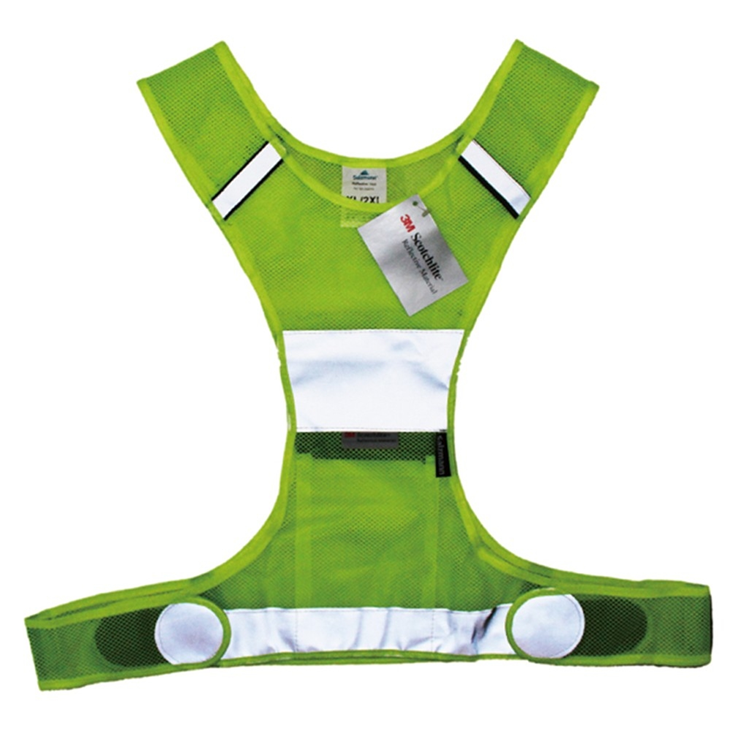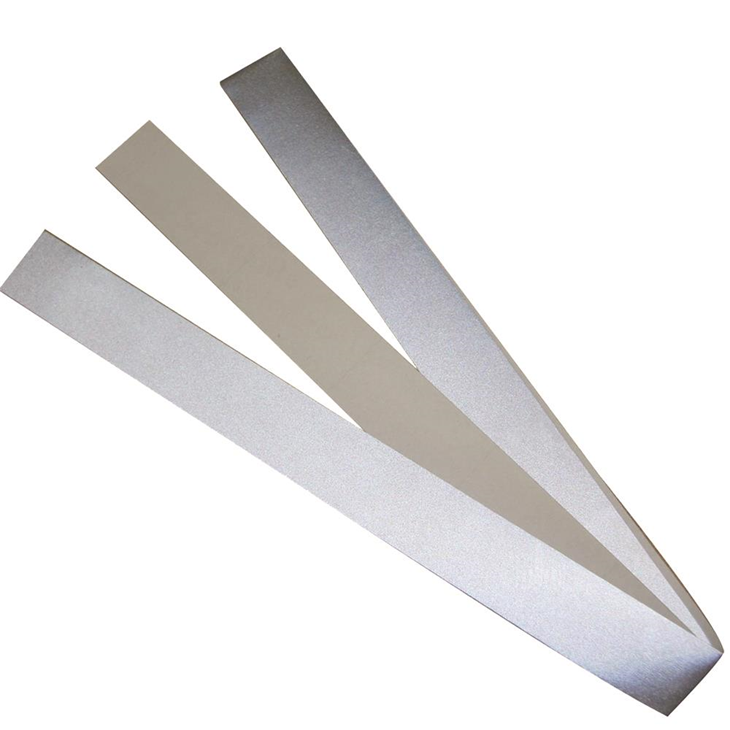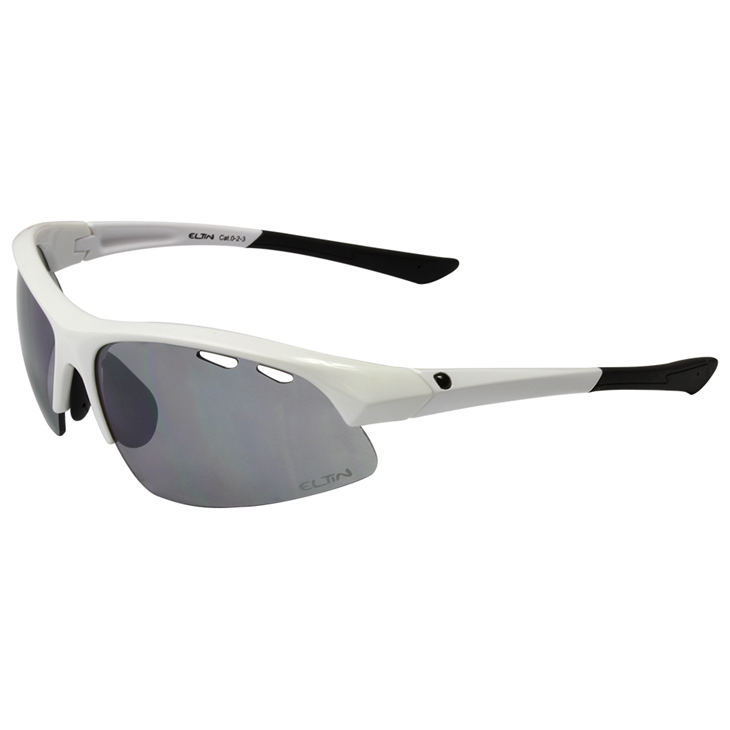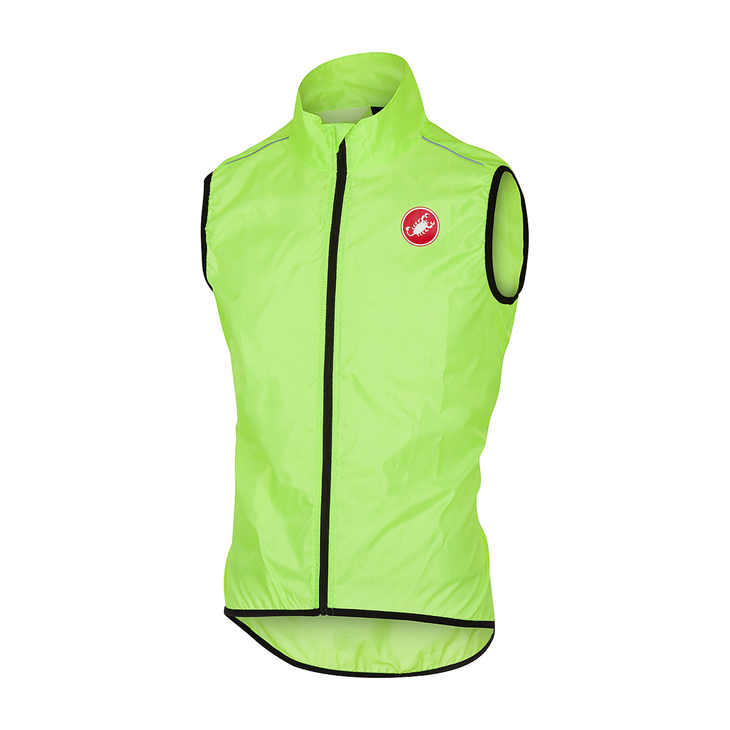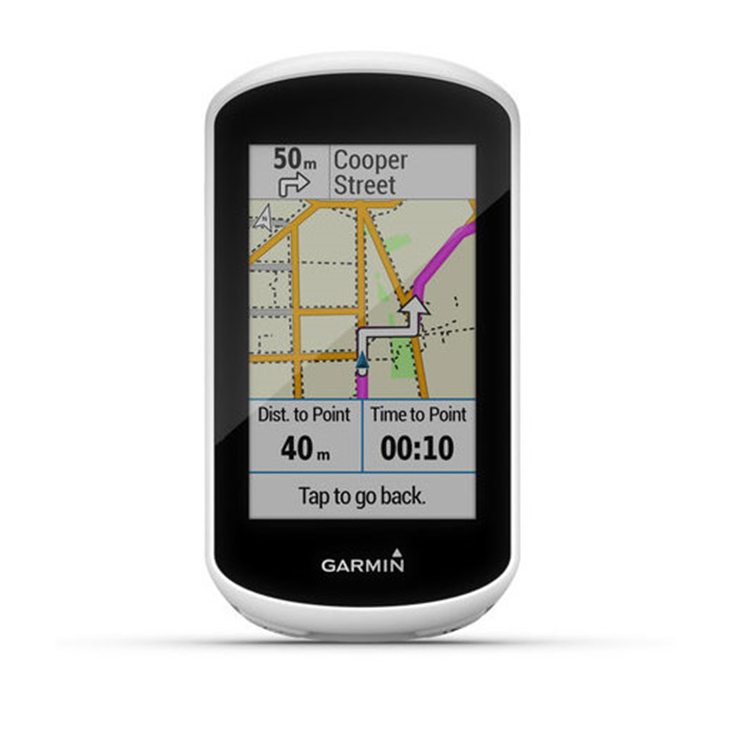Cycling under the glow of city lights offers a unique experience compared to navigating fast-paced roads or exploring rugged mountain paths on an MTB or gravel bike. Whether you're cycling after sunset out of necessity or for sheer enjoyment, each setting brings its own charm. However, there’s something truly enchanting about night cycling in the great outdoors on a gravel or mountain bike. The familiar trails transform into unfamiliar landscapes, demanding heightened focus on technical ascents and descents. Your senses become more attuned to nocturnal sounds and wildlife, making every ride a completely different adventure.
In this article, we share practical tips based on our collective experience to ensure your nighttime rides are both safe and enjoyable. These suggestions apply universally, while some are tailored to specific environments.
First and foremost, **being visible** is crucial—especially on roads shared with motor vehicles. Cyclists are vulnerable in traffic, and following legal guidelines is non-negotiable. In the UK, for instance, the **Road Vehicles Lighting Regulations (RVLR)** mandate that all bikes must have lights between sunset and sunrise. Rule 60 of the Highway Code specifies that your bike must include:
- A **white front light**, which can be either steady or flashing, though a steady light is recommended for unlit areas.
- A **red rear light**, which can also be either steady or flashing.
- A **red rear reflector** (non-triangular).
- **Amber pedal reflectors**.
- Reflective clothing is optional but highly recommended when cycling on roads.
For a visual guide, refer to the image below:
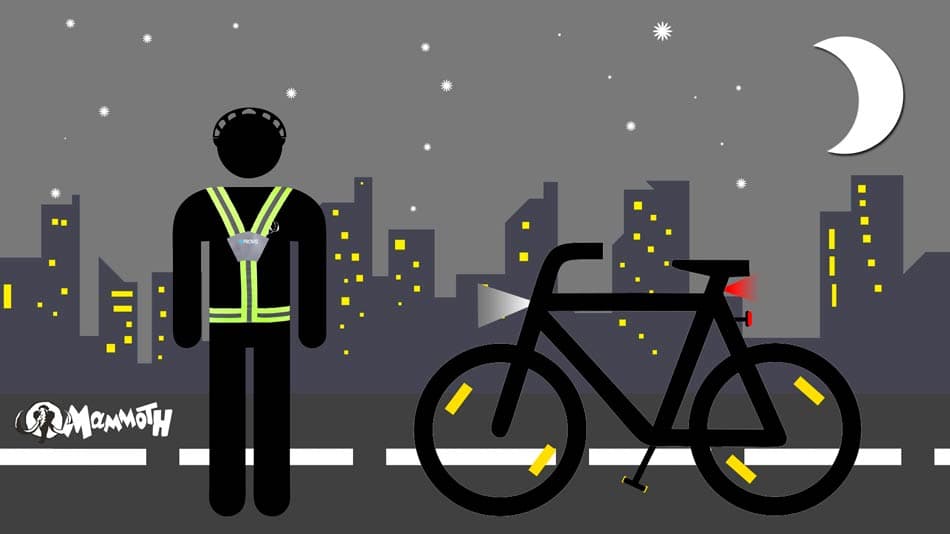 To learn more about visibility for cycling, watch this informative video:
If you're looking for reflective gear like vests or additional elements, check out our product recommendations:
Next, **choosing the right lights** is vital for both safety and comfort. Different terrains and intended uses demand specific lighting solutions. Modern technology has advanced significantly, allowing riders to cycle safely in virtually any condition. For urban environments, affordable lights combined with reflective gear are sufficient. However, for interurban roads or rural/forest cycling, you'll need lights powerful enough to illuminate the path ahead clearly.
For deeper insights into choosing the perfect cycling lights, read our article on the topic and watch this related video:
When it comes to **testing your lights**, it's essential to ensure their functionality, quality, and battery life before heading out. Manufacturers don’t always provide accurate data regarding battery life, which depends on various factors. Test everything beforehand to avoid unexpected issues. Adjusting light intensity according to terrain can extend battery life—dimming lights on gentle slopes saves power for faster descents or technical sections.
To learn more about visibility for cycling, watch this informative video:
If you're looking for reflective gear like vests or additional elements, check out our product recommendations:
Next, **choosing the right lights** is vital for both safety and comfort. Different terrains and intended uses demand specific lighting solutions. Modern technology has advanced significantly, allowing riders to cycle safely in virtually any condition. For urban environments, affordable lights combined with reflective gear are sufficient. However, for interurban roads or rural/forest cycling, you'll need lights powerful enough to illuminate the path ahead clearly.
For deeper insights into choosing the perfect cycling lights, read our article on the topic and watch this related video:
When it comes to **testing your lights**, it's essential to ensure their functionality, quality, and battery life before heading out. Manufacturers don’t always provide accurate data regarding battery life, which depends on various factors. Test everything beforehand to avoid unexpected issues. Adjusting light intensity according to terrain can extend battery life—dimming lights on gentle slopes saves power for faster descents or technical sections.
 Always carry **spare lights**. Running out of illumination on a remote trail or dark road is risky and uncomfortable. Ideally, bring a secondary helmet-mounted light, which serves multiple purposes:
- Acts as a backup if your primary light fails.
- Provides complementary lighting for tight corners or complex terrain.
- Serves as a secondary light source when dismounting for tasks like reading maps or repairing your bike.
Even if you believe you won’t need it, carrying extra batteries is wise. Unplanned route extensions or faulty batteries can leave you stranded. Always prioritize minimizing risks.
Always carry **spare lights**. Running out of illumination on a remote trail or dark road is risky and uncomfortable. Ideally, bring a secondary helmet-mounted light, which serves multiple purposes:
- Acts as a backup if your primary light fails.
- Provides complementary lighting for tight corners or complex terrain.
- Serves as a secondary light source when dismounting for tasks like reading maps or repairing your bike.
Even if you believe you won’t need it, carrying extra batteries is wise. Unplanned route extensions or faulty batteries can leave you stranded. Always prioritize minimizing risks.
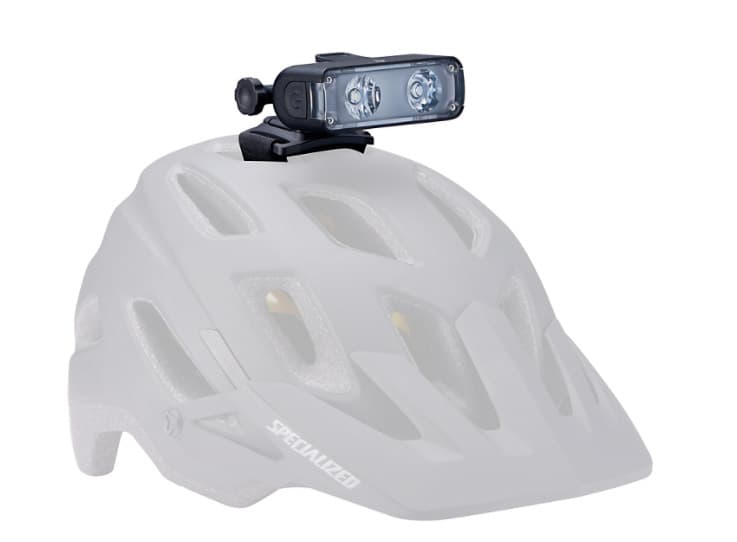 Specialized Flux 800 Headlight
Even at night, **wearing appropriate eyewear** remains critical. Glasses protect against wind, dust, and flying debris. Opt for category 0 lenses, ideally clear, to preserve minimal ambient light.
Specialized Flux 800 Headlight
Even at night, **wearing appropriate eyewear** remains critical. Glasses protect against wind, dust, and flying debris. Opt for category 0 lenses, ideally clear, to preserve minimal ambient light.
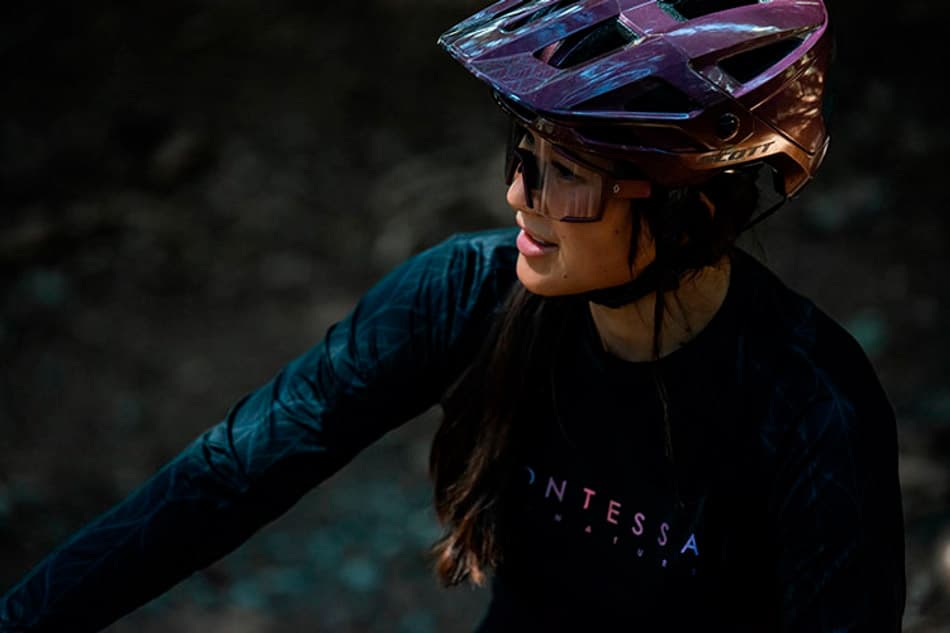 Scott Shield Glasses
Temperatures drop significantly at night, making it essential to bring an extra layer. A windbreaker or thermal vest can be lifesavers, even during summer. Packing lightweight items is better than regretting it later.
Carrying essential accessories is non-negotiable on night rides. Breakdowns are harder to resolve alone in the dark. Ensure you have water, snacks, a fully charged phone, and basic repair tools. Refer to our guide on the **10 essential accessories for cycling trips** for more details:
Scott Shield Glasses
Temperatures drop significantly at night, making it essential to bring an extra layer. A windbreaker or thermal vest can be lifesavers, even during summer. Packing lightweight items is better than regretting it later.
Carrying essential accessories is non-negotiable on night rides. Breakdowns are harder to resolve alone in the dark. Ensure you have water, snacks, a fully charged phone, and basic repair tools. Refer to our guide on the **10 essential accessories for cycling trips** for more details:
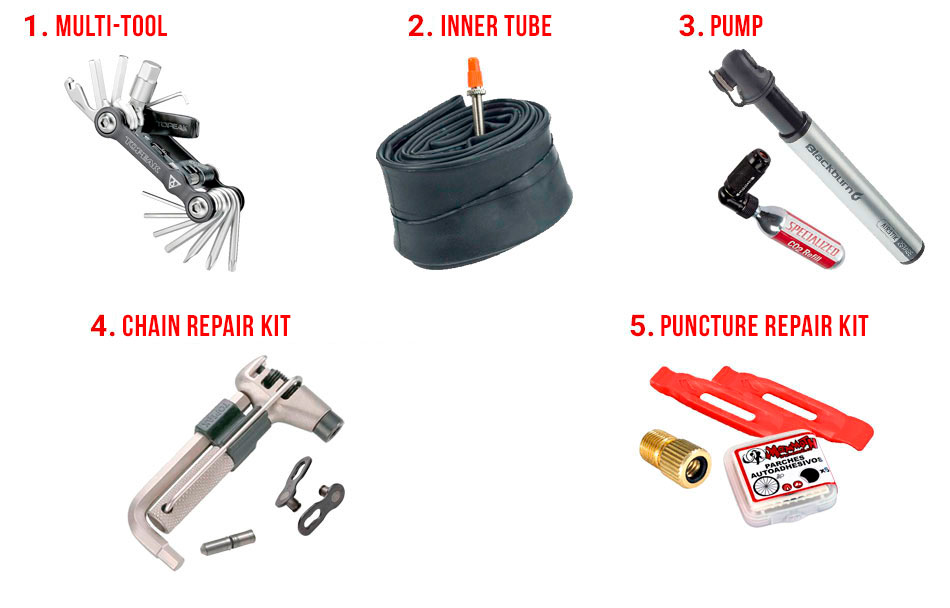 Plan your rides meticulously, especially if cycling in unfamiliar areas. Familiarize yourself with the route using a GPS device loaded with a pre-planned track. Weather conditions can complicate navigation at night.
Start with easier routes to acclimate to night cycling. These initial rides help refine your setup and highlight any additional needs. Once confident, you can tackle more challenging routes like the Non Stop Madrid-Lisbon event, which offers unforgettable experiences.
Plan your rides meticulously, especially if cycling in unfamiliar areas. Familiarize yourself with the route using a GPS device loaded with a pre-planned track. Weather conditions can complicate navigation at night.
Start with easier routes to acclimate to night cycling. These initial rides help refine your setup and highlight any additional needs. Once confident, you can tackle more challenging routes like the Non Stop Madrid-Lisbon event, which offers unforgettable experiences.
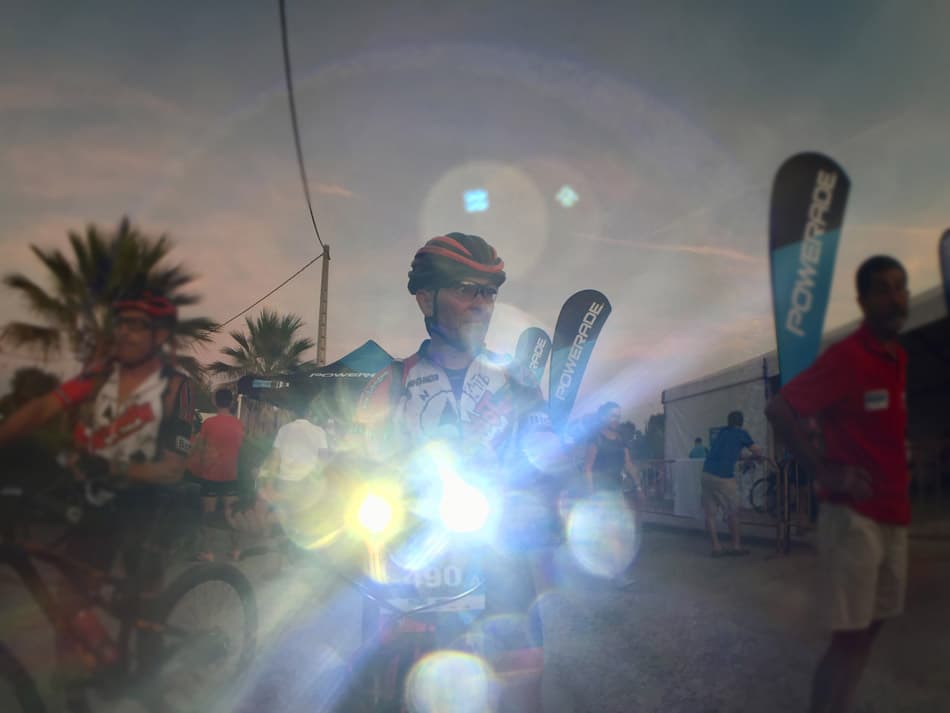 Riding with companions enhances safety and enjoyment. If solo rides are unavoidable, inform someone of your plans and consider using modern tracking apps to stay connected.
For further guidance on solo cycling safety, watch this video:
For top-quality cycling lights and accessories, visit Mammoth shops or explore their online offerings at [www.mammothbikes.com/en/](http://www.mammothbikes.com/en/).
Related content includes:
- Tips on visibility while cycling.
- How to select the best bicycle lights.
- Essentials for long-distance cycling.
- Safety tips for solo cyclists.
Stay informed, prepared, and enjoy the thrill of night cycling!
Riding with companions enhances safety and enjoyment. If solo rides are unavoidable, inform someone of your plans and consider using modern tracking apps to stay connected.
For further guidance on solo cycling safety, watch this video:
For top-quality cycling lights and accessories, visit Mammoth shops or explore their online offerings at [www.mammothbikes.com/en/](http://www.mammothbikes.com/en/).
Related content includes:
- Tips on visibility while cycling.
- How to select the best bicycle lights.
- Essentials for long-distance cycling.
- Safety tips for solo cyclists.
Stay informed, prepared, and enjoy the thrill of night cycling!


 Specialized Flux 800 Headlight
Specialized Flux 800 Headlight Scott Shield Glasses
Scott Shield Glasses

exterior aluminum door,aluminum entry door with glass,high quality modern minimalist aluminum entry door,armored door design,aluminum door design
Foshan Nanhai Jinfancheng Metal Building Materials Products Co., Ltd. , https://www.landrandoor.com
